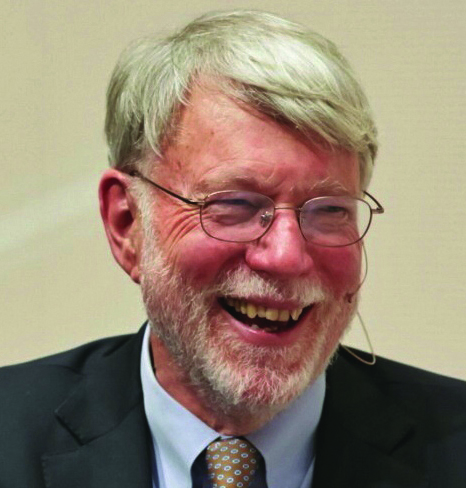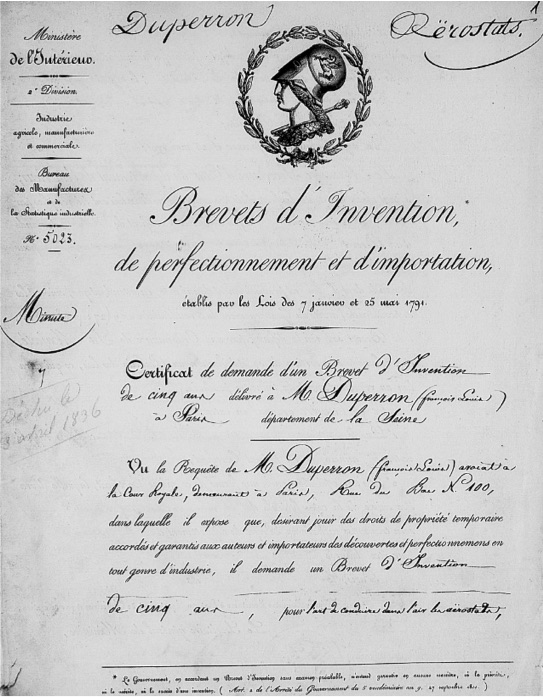The Authors and the New Edition
The Authors
 John Seely Brown is a visiting scholar at the University of Southern California (USC) and co-chair of the Deloitte Center for the Edge. When we published the first edition of The Social Life in 2000 he was Chief Scientist of the Xerox Corporation and director of its Palo Alto Research Center (PARC). Now he is self-proclaimed Chief of Confusion. His most recent, of many books, is Pragmatic Imagination with Anne Pendleton-Julian. John Seely Brown is a visiting scholar at the University of Southern California (USC) and co-chair of the Deloitte Center for the Edge. When we published the first edition of The Social Life in 2000 he was Chief Scientist of the Xerox Corporation and director of its Palo Alto Research Center (PARC). Now he is self-proclaimed Chief of Confusion. His most recent, of many books, is Pragmatic Imagination with Anne Pendleton-Julian.
John's home page |
|
 Paul Duguid has been an adjunct professor at the School of Information at the University of California, Berkeley, for the past 10 years or so. He was a consultant to senior management at Xerox PARC when we wrote the book. Paul Duguid has been an adjunct professor at the School of Information at the University of California, Berkeley, for the past 10 years or so. He was a consultant to senior management at Xerox PARC when we wrote the book.
Paul's home page |
|
The New Edition
As we make clear in "Reassessing the Social," the preface to the new edition, revisiting our book after 15 years or more was a daunting task. The world of information has changed drastically in that time and the notion of the "social" has taken on an entirely new perspective with the rise of "social networking." In seeking to account for continued interest in the book, we looked primarily for what has remained the same, and there we focussed the new preface on the enduring tendency for "wishing on technology." Not only for the past 15 years, but for well more than the past 150, society has often assumed that the problems of the day could be dismissed because the latest technology would resolve them. Conversely technologists have sought public acclaim by marketing their technologies with a similar pitch: accept this new device, however eerie it may appear to you, and you will be helping cure various social ills—democratic disenfranchisement, economic inequality, failing schools, unemployment, and the like.
Of course such wishing has led to technological breakthroughs. But it has also produced a temptation to redefine serious social concerns in terms of the technology of the day, reducing a complex world to simple problems because then can then be dismissed as easy to solve. In this way, we return to a claim in the first edition of the book that there is a tendency for enthusiasts of the latest technology to see the world with eyes of that person with a hammer who wants to see everything as a nail. Hence, in the era of information technology social problems are readily recast as informational ones. Such narrowing has sometimes led not merely to problems being underestimated, but also to their being exacerbated, as the wrong "fix" has made them worse. As an example we note, people have repeatedly looked to technology to "annihilate space and time" and achieve the "death of distance," thus bringing closer democratic harmony and national peace. We point to hopes of this sort that are wished onto Google's "Loon" project—balloons that will float internet connections over our heads. Some claim that this project will bring the world together. So doing, we note, they echo the claim in a French patent application from the early nineteenth century for new device would bring the extremities of the world together. That "new" device of 1836 was a balloon.
In drawing attention to such enduring tendencies, we hope to reaffirm our overall point in the original book about the complex nature of the social and the temptation to underestimate that rich complexity when our social interactions are redefined in terms of information. The innovations we value, we generally find, are those that have grappled with that complexity, rather than those that have sought to avoid it.


 John Seely Brown is a visiting scholar at the University of Southern California (USC) and co-chair of the Deloitte Center for the Edge. When we published the first edition of The Social Life in 2000 he was Chief Scientist of the Xerox Corporation and director of its Palo Alto Research Center (PARC). Now he is self-proclaimed Chief of Confusion. His most recent, of many books, is Pragmatic Imagination with Anne Pendleton-Julian.
John Seely Brown is a visiting scholar at the University of Southern California (USC) and co-chair of the Deloitte Center for the Edge. When we published the first edition of The Social Life in 2000 he was Chief Scientist of the Xerox Corporation and director of its Palo Alto Research Center (PARC). Now he is self-proclaimed Chief of Confusion. His most recent, of many books, is Pragmatic Imagination with Anne Pendleton-Julian. Paul Duguid has been an adjunct professor at the School of Information at the University of California, Berkeley, for the past 10 years or so. He was a consultant to senior management at Xerox PARC when we wrote the book.
Paul Duguid has been an adjunct professor at the School of Information at the University of California, Berkeley, for the past 10 years or so. He was a consultant to senior management at Xerox PARC when we wrote the book.
